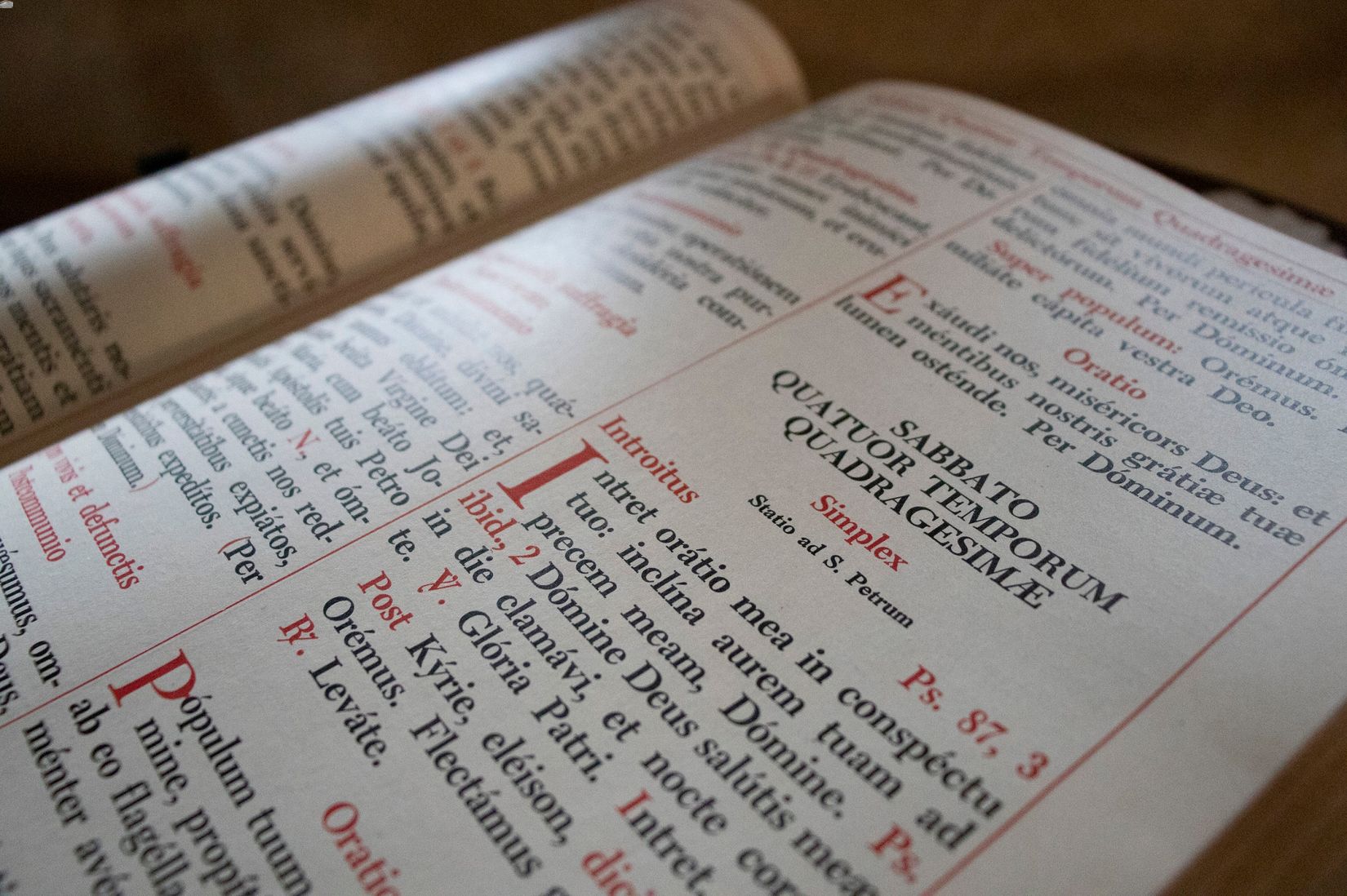
Ember Days are special days in the Christian liturgical calendar dedicated to prayer, fasting, and almsgiving. These days occur four times a year, coinciding with the changing seasons. Ember Days are observed on the Wednesday, Friday, and Saturday following specific dates: after St. Lucy's Day in December, after the first Sunday of Lent, after Pentecost, and after the Feast of the Holy Cross in September. The purpose of these days is to thank God for the gifts of nature, to teach moderation, and to provide for the needy. Ember Days have ancient roots, tracing back to early Roman agricultural festivals.
What Are Ember Days?
Ember Days are special periods in the liturgical calendar of the Western Christian Church. These days are set aside for prayer, fasting, and almsgiving. They occur four times a year, aligning with the changing seasons.
- Ember Days are observed on the Wednesday, Friday, and Saturday following specific dates in the church calendar.
- The term "Ember" comes from the Latin word "Quatuor Tempora," meaning "four times."
- These days are meant to mark the beginning of each of the four seasons: spring, summer, autumn, and winter.
- Ember Days are a time for Christians to give thanks for the gifts of nature and to pray for the clergy.
Historical Background
Understanding the history of Ember Days provides insight into their significance and evolution over time.
- The practice dates back to the early Church, with roots in ancient Roman agricultural festivals.
- Pope Gelasius I officially instituted Ember Days in the 5th century.
- Initially, these days were linked to the agricultural cycle, focusing on prayers for a good harvest.
- Over time, the focus shifted to include prayers for the ordination of clergy.
Observance and Practices
Ember Days involve specific practices that set them apart from other days in the liturgical calendar.
- Fasting is a key component, with participants typically eating only one full meal and two smaller meals that together do not equal a full meal.
- Abstinence from meat is also observed on these days.
- Special liturgical services are held, including the reading of specific prayers and scriptures.
- Almsgiving is encouraged, promoting acts of charity and support for the needy.
Seasonal Significance
Each set of Ember Days corresponds with a particular season, each carrying its own themes and prayers.
- Spring Ember Days focus on renewal and growth, aligning with the Lenten season.
- Summer Ember Days are a time for thanksgiving for the first fruits of the harvest.
- Autumn Ember Days emphasize gratitude for the main harvest and preparation for winter.
- Winter Ember Days coincide with Advent, focusing on penance and anticipation of Christ's birth.
Modern Observance
While the observance of Ember Days has waned in some areas, they remain significant in various Christian communities.
- The Roman Catholic Church continues to observe Ember Days, though they are not as widely practiced as in the past.
- Some Anglican and Lutheran communities also maintain the tradition.
- Ember Weeks are sometimes used as a time for ordinations, with special prayers for those entering the clergy.
- In recent years, there has been a renewed interest in Ember Days as a way to connect with traditional practices and the natural world.
Final Thoughts on Ember Days
Ember Days hold a unique place in the liturgical calendar. These days, spread across four seasons, offer moments of reflection, fasting, and prayer. They remind us of the changing seasons and the importance of gratitude. Historically, Ember Days were tied to agricultural cycles, helping communities give thanks for harvests and pray for future crops. Today, while not as widely observed, they still provide a meaningful way to connect with nature and spirituality. Whether you're deeply religious or just curious about traditions, understanding Ember Days can enrich your appreciation of the year's rhythm. So next time you hear about Ember Days, you'll know they’re more than just dates on a calendar; they’re a bridge between the past and present, faith and nature.
Was this page helpful?
Our commitment to delivering trustworthy and engaging content is at the heart of what we do. Each fact on our site is contributed by real users like you, bringing a wealth of diverse insights and information. To ensure the highest standards of accuracy and reliability, our dedicated editors meticulously review each submission. This process guarantees that the facts we share are not only fascinating but also credible. Trust in our commitment to quality and authenticity as you explore and learn with us.


